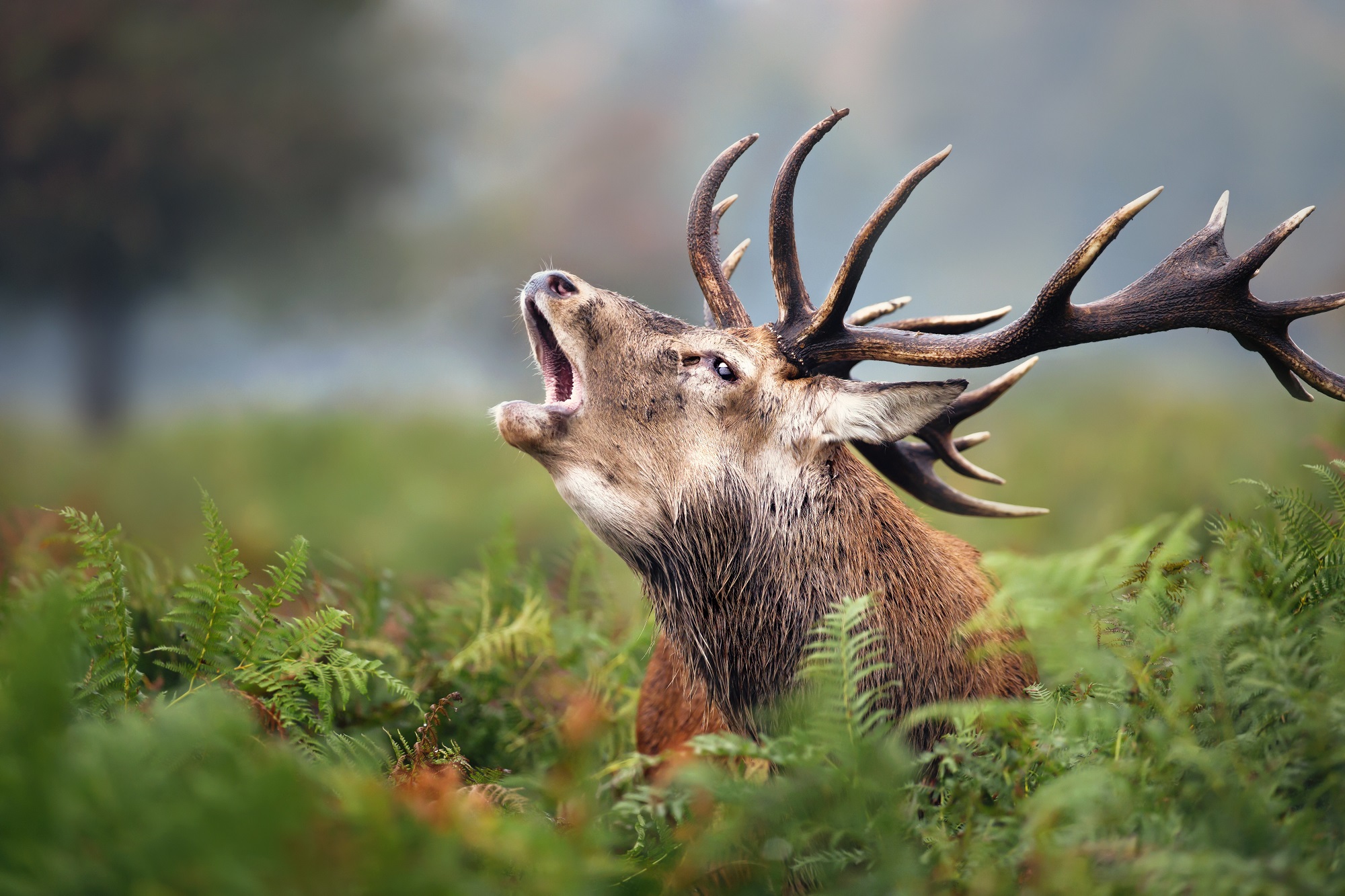Misted up windowpanes and the rich smell of damp earth all attest that autumn is well and truly taking its hold. Mention of this season seems to elicit two diametrically opposed reactions; some mourn the loss of summer, longing for its warmth and lengthy evenings, others, however, embrace autumn relishing its vibrant colours and the reprieve from the dryness of sun-baked earth.
Woodland wonders – fungi facts
It is not just the beautiful kaleidoscope of tree colours that sing of autumn; at this time of year fungi spring up seemingly from nowhere. Take a stroll through a woodland and spot the iconic fly agaric nestling among birch, pine or spruce, its glossy red cap splashed with white dots. The strangely named chicken of the woods, an orange fungi, often multi-layered, can be found growing on cherry, willow or oak bark. Edible, it tastes delicious fried in butter and garlic.
On the opposite end of the spectrum is the very aptly named stinkhorn. Like chicken of the woods the stinkhorn can in fact also be eaten. Unfortunately, its odour leaves a lot to be desired: The smell can be likened to dead meat that has been festering for days under a desert sun! These little stinkers are quite common in woodlands but are rarely seen. Hidden in the recesses of the undergrowth, they break down rotting vegetation into a form that is more palatable for plants to process and provide invertebrates such as slugs, millipedes and beetles with an invaluable food source.
Rutting season for deer
From the small and mighty to the big and mighty, October marks deer rutting season, a chance for the male deer to demonstrate his prowess and mate with the female of his species. Woodlands resonate with the deep barking sound of roe, fallow and red deer as they attract females and spar with other males in their race to become the dominant one.
An abundance of fruit
Aside from the mammals and invertebrates, nature produces fruit in abundance at this time of year. Blackberries can still be found, and the cheerful orangey-red berries of the rowan tree are now ripe for the picking. The deep purple fruit of the elder can be combined with apples to make wonderful jelly or pies, not to mention damsons and sloes, flavoursome additions to gin. Only pick what you need though, remember birds and insects also enjoy these tasty treats which provide important sustenance to help them through the wintery months ahead.
Create habitats for hedgehogs
Consider creating a log or brash pile in a wilder part of the garden to attract more wildlife. As the garden waste begins to decompose it provides a rich feeding ground for robins and blackbirds. Hedgehogs also benefit from this debris, snuffling through it to find tasty invertebrates. Around about this time of year they will also be checking out suitable places to hibernate and would welcome such a five-star hotel to cabin up in for the winter months.
Do: If you have a BioScapes planter, remember to top up the ‘invertebrate hotel’ with more material every year or so to replace the twigs and leaves which have been eaten.
Get involved: UK fungus day https://www.ukfungusday.co.uk/
World habitat day https://urbanoctober.unhabitat.org/whd
World mental health day https://www.who.int/campaigns/world-mental-health-day
Last updated [06/04/2023].



